AI in STEM Education: Nurturing Tomorrow's Innovators
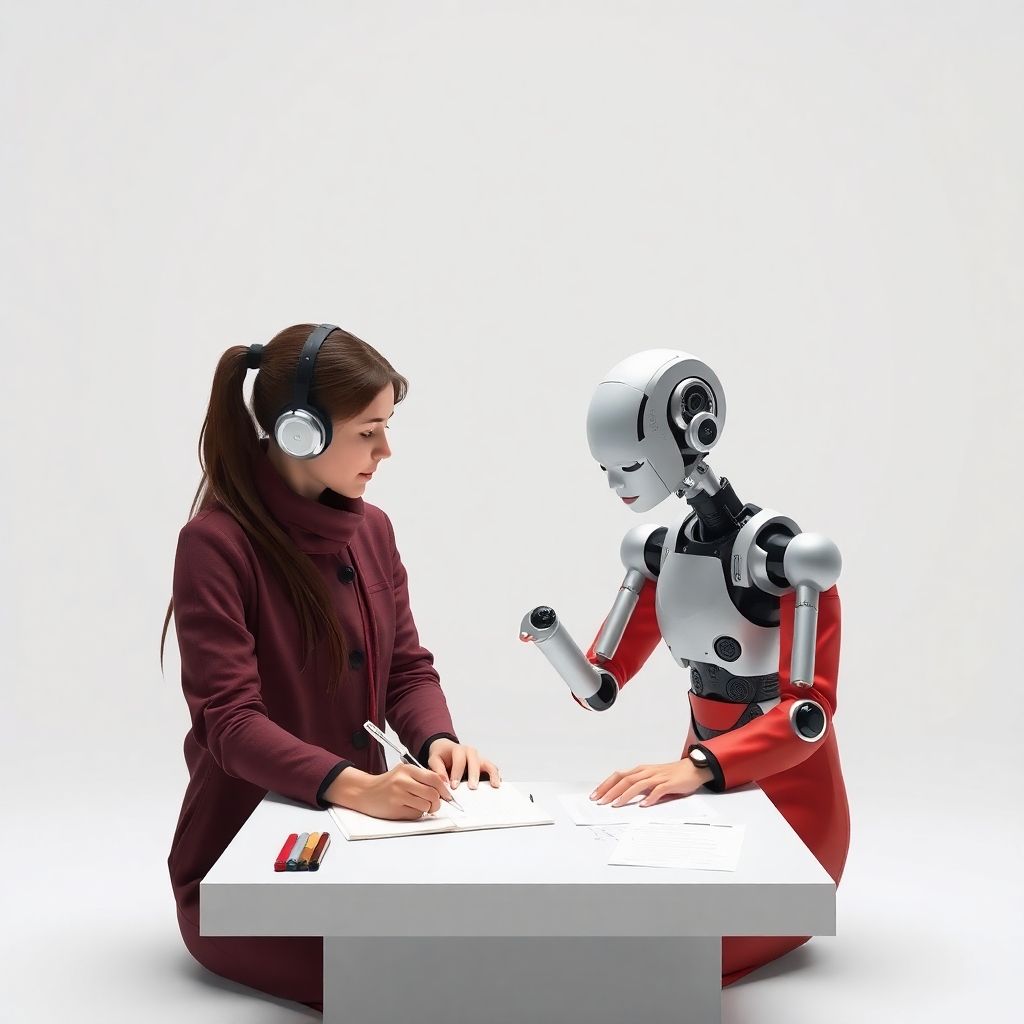
In an era where technological advancement is accelerating at an unprecedented pace, Science, Technology, Engineering, and Mathematics (STEM) education has never been more crucial. Artificial Intelligence (AI) is not just a subject within STEM; it's becoming an integral tool in how we teach and learn these vital disciplines. This article explores how AI is transforming STEM education, creating more engaging, accessible, and effective learning experiences that prepare students for the technological challenges of the future.
The Importance of STEM Education
STEM education is fundamental in developing critical skills for the 21st century:
- Problem-Solving: Encouraging analytical thinking and creative solutions.
- Innovation: Fostering the ability to create new technologies and improve existing ones.
- Data Literacy: Developing the capacity to interpret and utilize large amounts of information.
- Technological Fluency: Building comfort and proficiency with rapidly evolving technologies.
- Interdisciplinary Thinking: Promoting the integration of knowledge across different fields.
However, traditional STEM education often faces challenges such as abstract concepts, the need for expensive equipment, and difficulty in providing personalized instruction. AI is addressing these challenges, making STEM learning more accessible, interactive, and tailored to individual needs.
AI-Powered Innovations in STEM Education
1. Personalized Learning Pathways
AI algorithms can create customized STEM curricula:
- Adaptive Difficulty: Adjusting the complexity of problems based on the student's performance.
- Interest-Based Projects: Tailoring assignments to align with students' personal interests in STEM fields.
- Skill Gap Analysis: Identifying and addressing individual weaknesses in STEM subjects.
2. Intelligent Tutoring Systems
AI-driven tutors provide on-demand, personalized STEM instruction:
- 24/7 Problem-Solving Assistance: Offering step-by-step guidance for complex STEM problems.
- Conceptual Explanations: Providing multiple approaches to understanding difficult STEM concepts.
- Interactive Simulations: Creating dynamic models to visualize abstract STEM principles.
3. Virtual and Augmented Reality in STEM
AI enhances immersive STEM learning experiences:
- Virtual Labs: Simulating expensive or dangerous experiments in a safe, virtual environment.
- 3D Modeling: Allowing students to interact with and manipulate 3D representations of STEM concepts.
- Augmented Textbooks: Overlaying interactive digital content on traditional STEM textbooks.
4. AI-Enhanced Project-Based Learning
AI supports hands-on, collaborative STEM projects:
- Intelligent Project Matching: Pairing students with STEM projects that match their skills and interests.
- Real-Time Collaboration Tools: Facilitating group work with AI-powered communication and task management.
- Automated Progress Tracking: Monitoring individual and team progress on STEM projects.
5. Data Science and AI Literacy
Incorporating AI and data science directly into STEM curricula:
- Introductory AI Programming: Teaching basic AI concepts through user-friendly platforms.
- Data Analysis Projects: Guiding students through real-world data analysis using AI tools.
- Ethical AI Education: Exploring the societal implications and ethical considerations of AI in STEM fields.
6. Automated Assessment and Feedback
AI streamlines the evaluation process in STEM education:
- Intelligent Grading: Providing instant, accurate grading for complex STEM problems.
- Mistake Analysis: Identifying patterns in errors to offer targeted improvement suggestions.
- Adaptive Testing: Creating tests that adjust in real-time based on the student's responses.
7. STEM Career Guidance
AI assists in connecting STEM education to future careers:
- Skill Forecasting: Predicting future in-demand STEM skills and suggesting relevant courses.
- Career Path Modeling: Visualizing potential STEM career trajectories based on current skills and interests.
- Industry Connection: Matching students with STEM internships or mentorship opportunities.
Implementing AI in STEM Education
To effectively integrate AI into STEM learning:
- Invest in Teacher Training: Ensure educators are comfortable with AI tools and can effectively incorporate them into lessons.
- Start with Pilot Programs: Implement AI-enhanced STEM programs on a small scale before wider adoption.
- Emphasize Hands-On Learning: Use AI to support, not replace, practical STEM experiences.
- Foster Interdisciplinary Connections: Utilize AI to highlight links between different STEM disciplines.
- Prioritize Accessibility: Ensure AI-powered STEM tools are available to all students, regardless of background.
The Future of AI in STEM Education
As AI continues to evolve, we can anticipate even more innovative applications in STEM education:
- AI Research Assistants: Advanced AI systems that can help students design and conduct original STEM research projects.
- Quantum Computing Education: AI-powered platforms for teaching the principles of quantum computing.
- Neuro-Educational Interfaces: Direct brain-computer interfaces for more intuitive STEM concept learning.
Ethical Considerations
While embracing AI in STEM education, it's crucial to address ethical concerns:
- Algorithmic Bias: Ensure AI systems don't perpetuate or exacerbate existing biases in STEM fields.
- Data Privacy: Protect students' personal information and learning data.
- Technological Dependency: Balance AI-enhanced learning with developing fundamental STEM skills without technology.
- Equitable Access: Work to bridge the digital divide to ensure all students can benefit from AI in STEM education.
Conclusion
The integration of AI in STEM education represents a significant leap forward in preparing students for the technological challenges and opportunities of the future. By leveraging AI technologies, we can create more engaging, accessible, and effective STEM learning experiences that nurture the next generation of innovators, problem-solvers, and leaders in science and technology.
As we continue to explore and refine AI-enhanced STEM education, we must approach its implementation thoughtfully, always keeping the focus on fostering genuine understanding, creativity, and critical thinking skills. When used wisely, AI can be a powerful catalyst in creating a more scientifically literate and technologically adept society.
Embrace the potential of AI in STEM education, but remember that the ultimate goal is to empower students to become active creators and ethical users of technology, not just passive consumers. Let AI be the tool that opens up new horizons in STEM learning, inspiring curiosity, innovation, and a lifelong passion for science and technology.
Table of Contents
- AI in STEM Education: Nurturing Tomorrow's Innovators
- The Importance of STEM Education
- AI-Powered Innovations in STEM Education
- 1. Personalized Learning Pathways
- 2. Intelligent Tutoring Systems
- 3. Virtual and Augmented Reality in STEM
- 4. AI-Enhanced Project-Based Learning
- 5. Data Science and AI Literacy
- 6. Automated Assessment and Feedback
- 7. STEM Career Guidance
- Implementing AI in STEM Education
- The Future of AI in STEM Education
- Ethical Considerations
- Conclusion
Related Posts
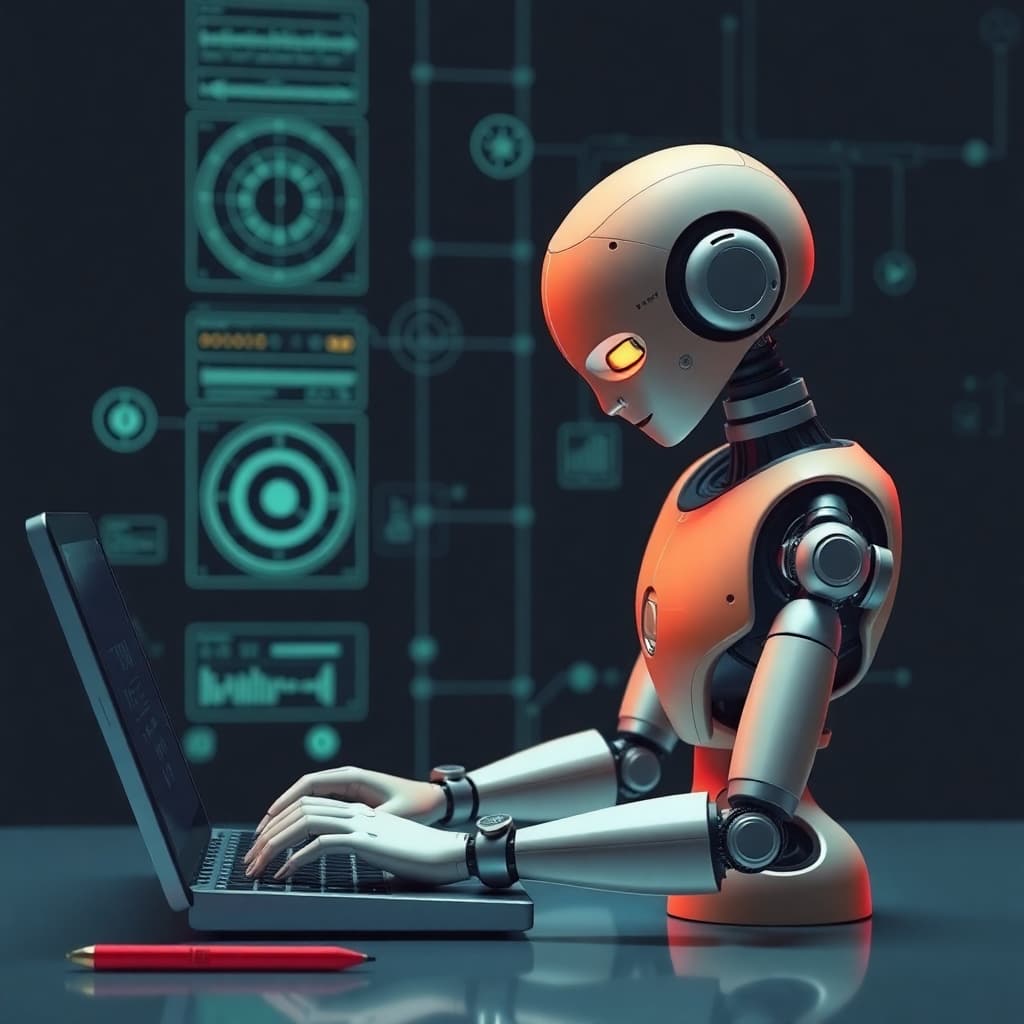
Discover how AI is transforming educational assessment, moving beyond traditional testing to provide more accurate, comprehensive, and fair evaluations of student learning.

Explore how AI is enhancing collaborative learning experiences, preparing students for the future of work through innovative group projects and team-based problem-solving.
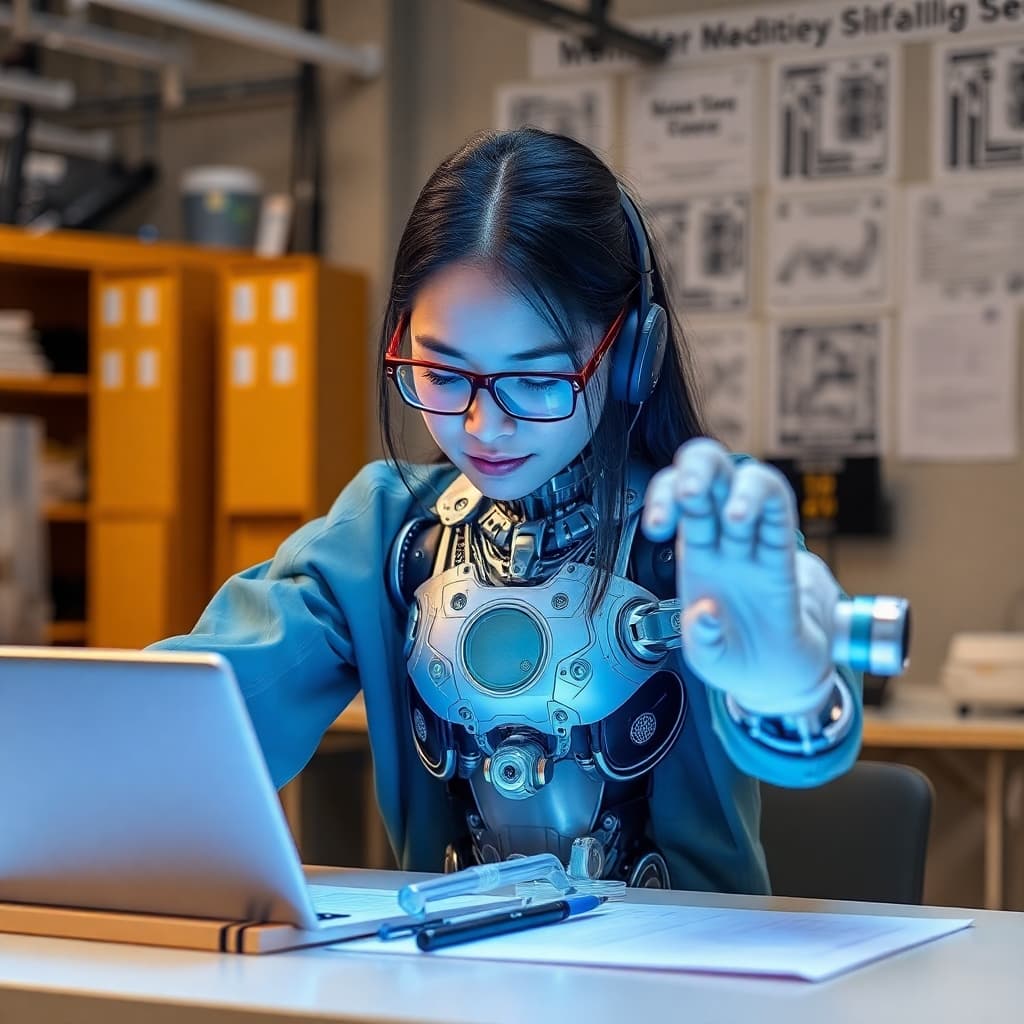
Explore how AI is being used to develop emotional intelligence in students, creating more empathetic, self-aware, and socially skilled learners for the 21st century.
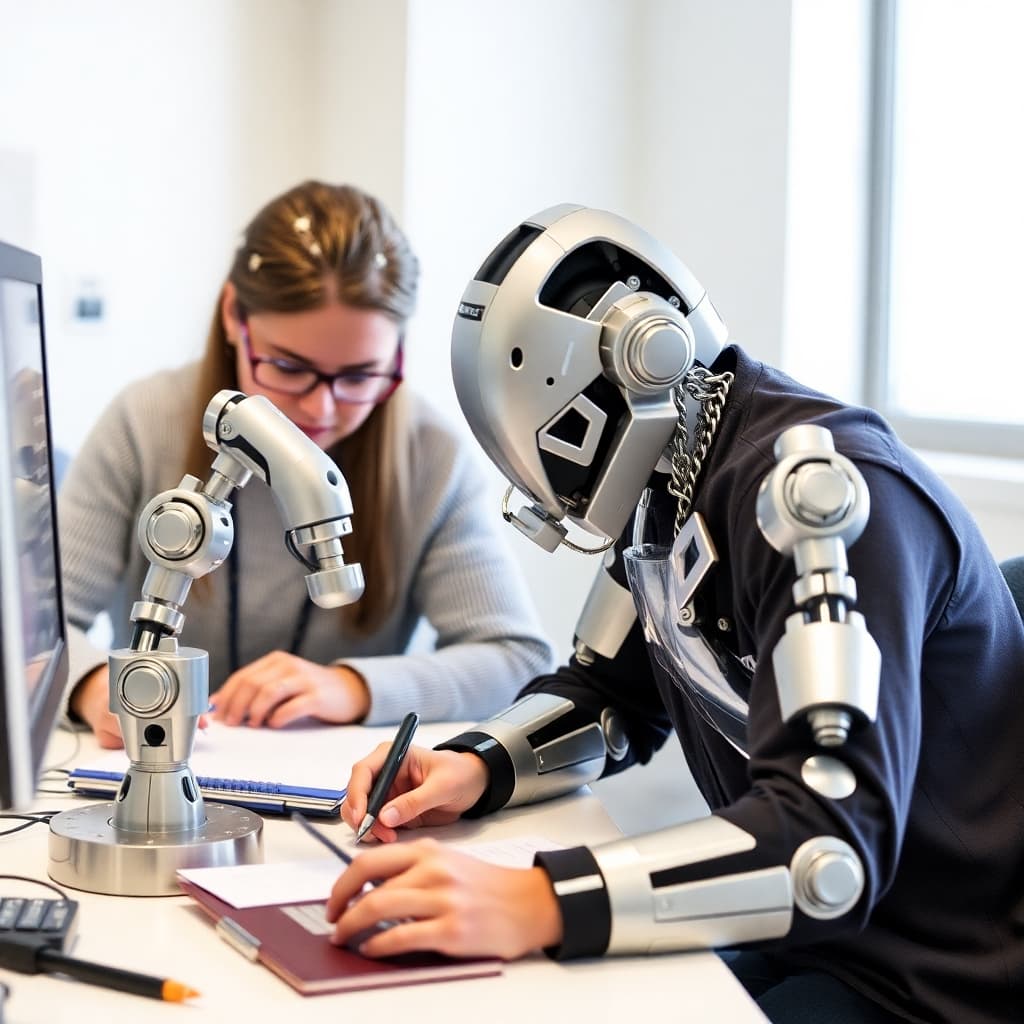
Discover how AI is breaking down barriers in education, providing personalized support for students with diverse needs and learning differences.
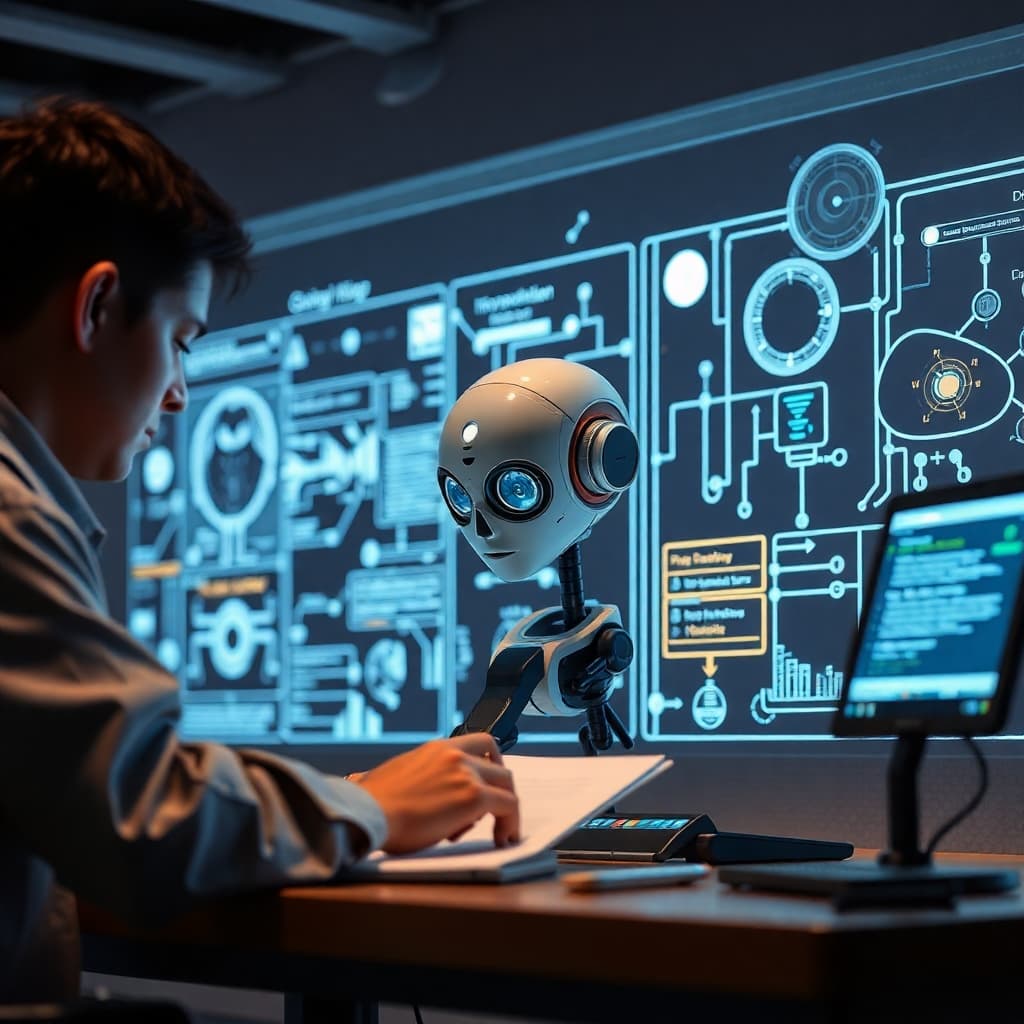
Discover how AI is transforming language education, making it more accessible, personalized, and effective for learners worldwide.

Discover how artificial intelligence is revolutionizing study methods, helping students learn more effectively and retain information longer.